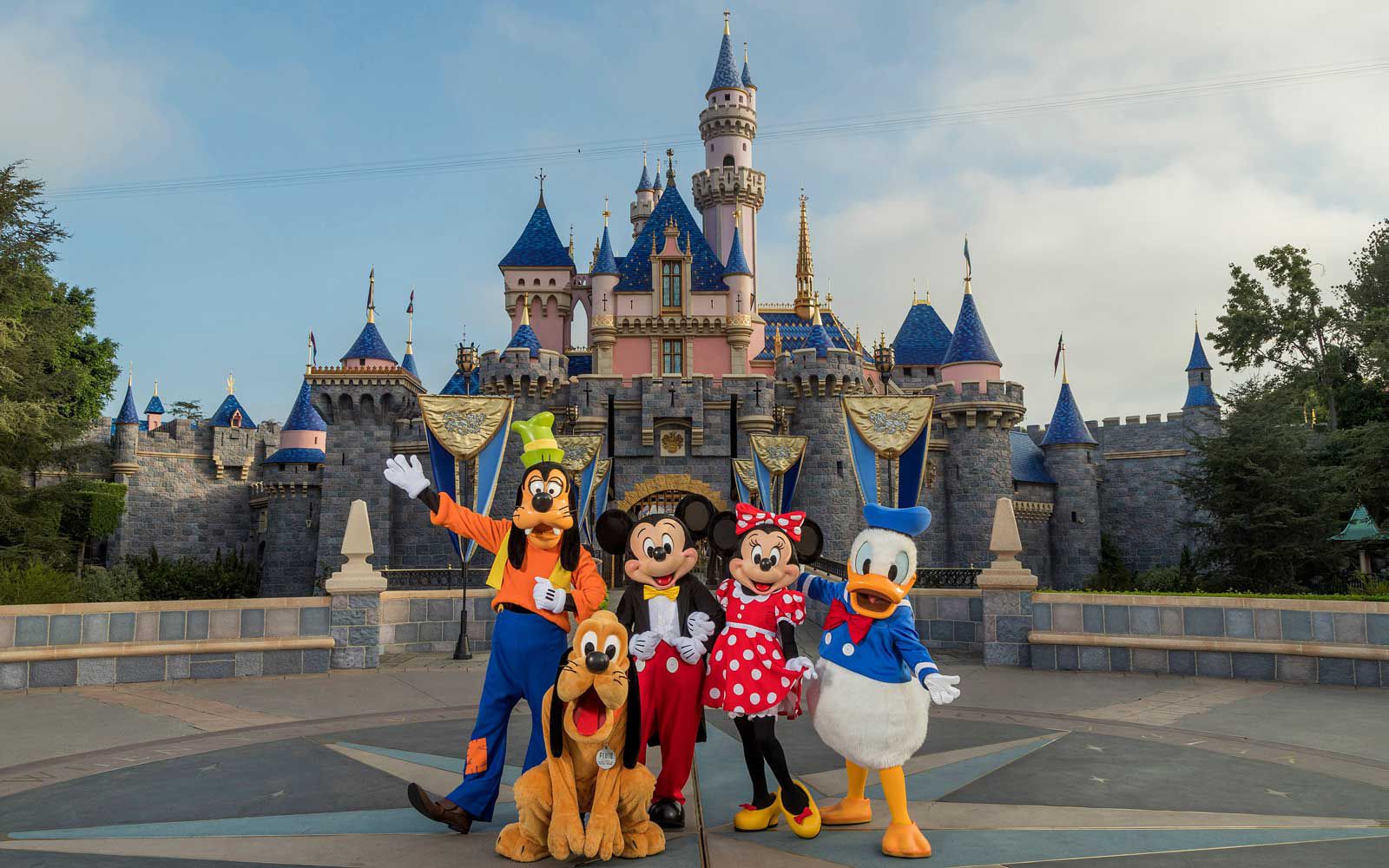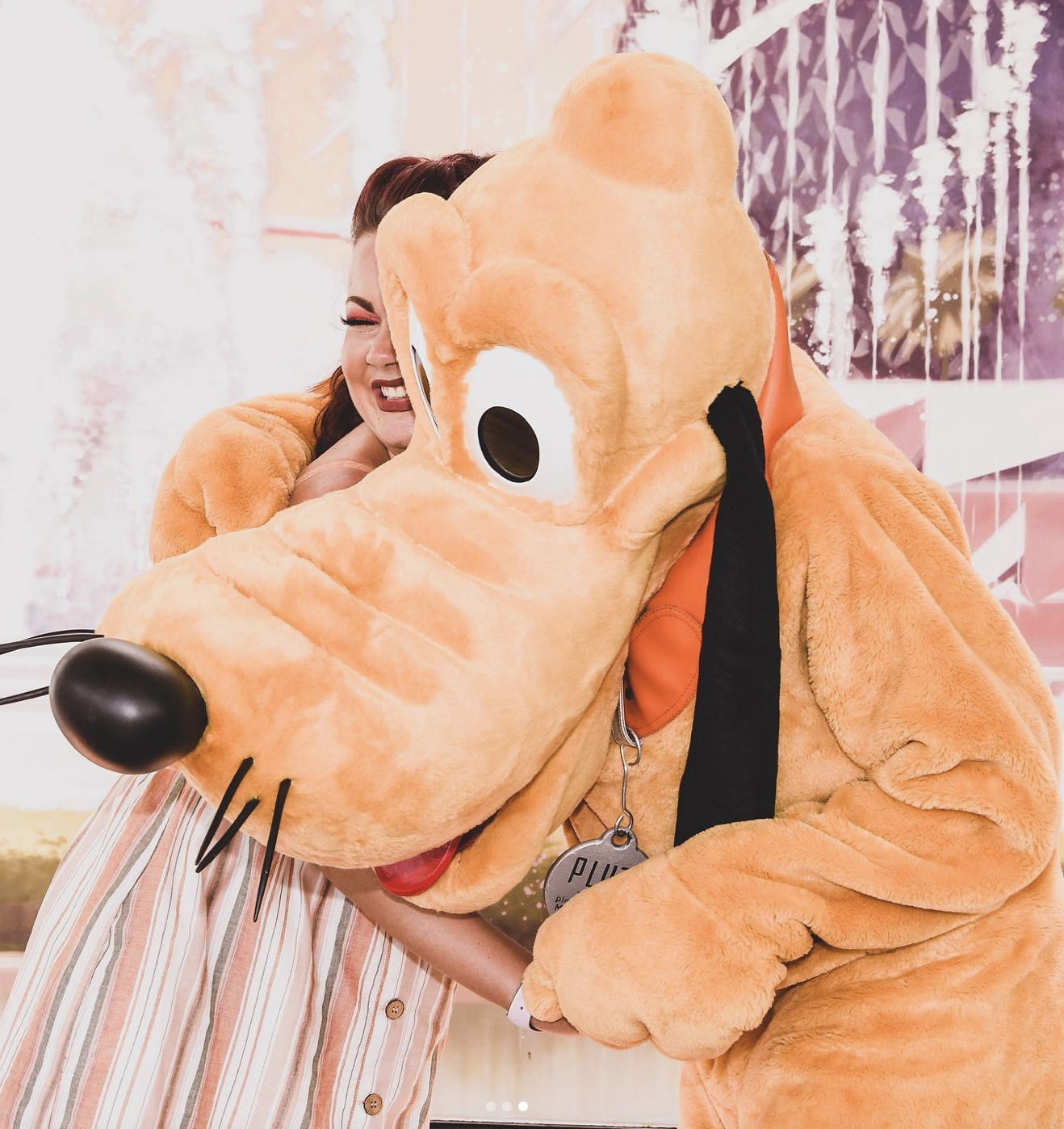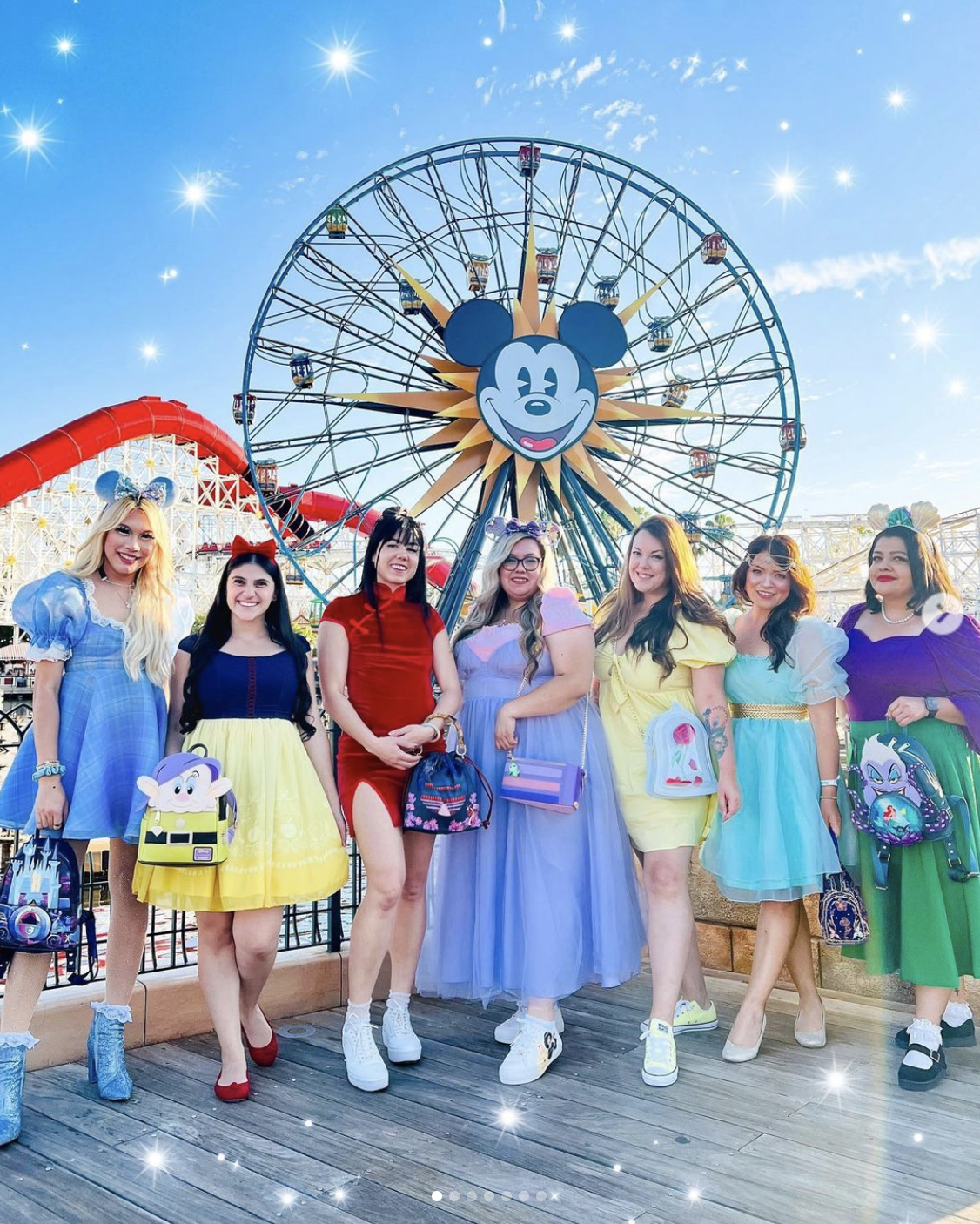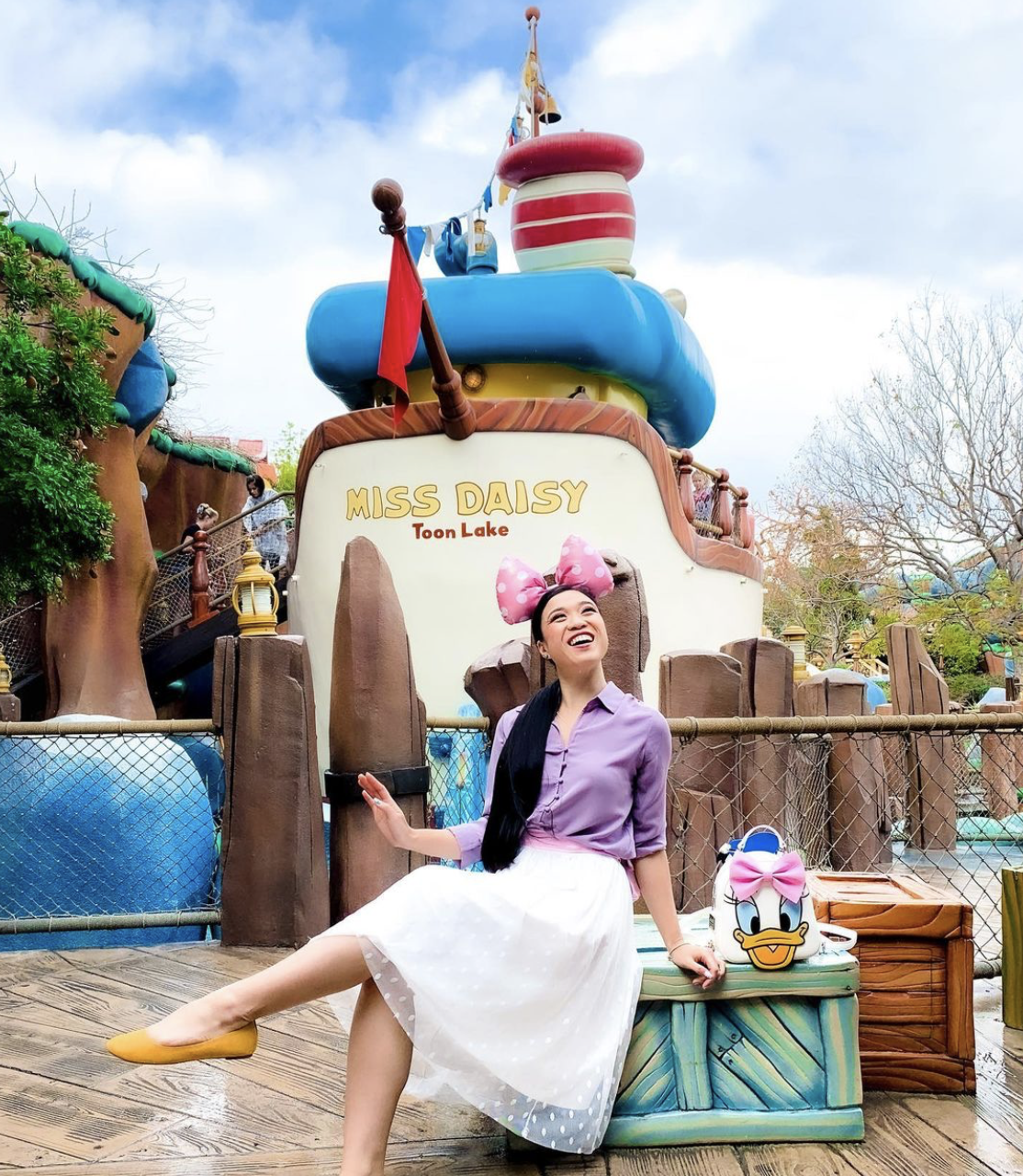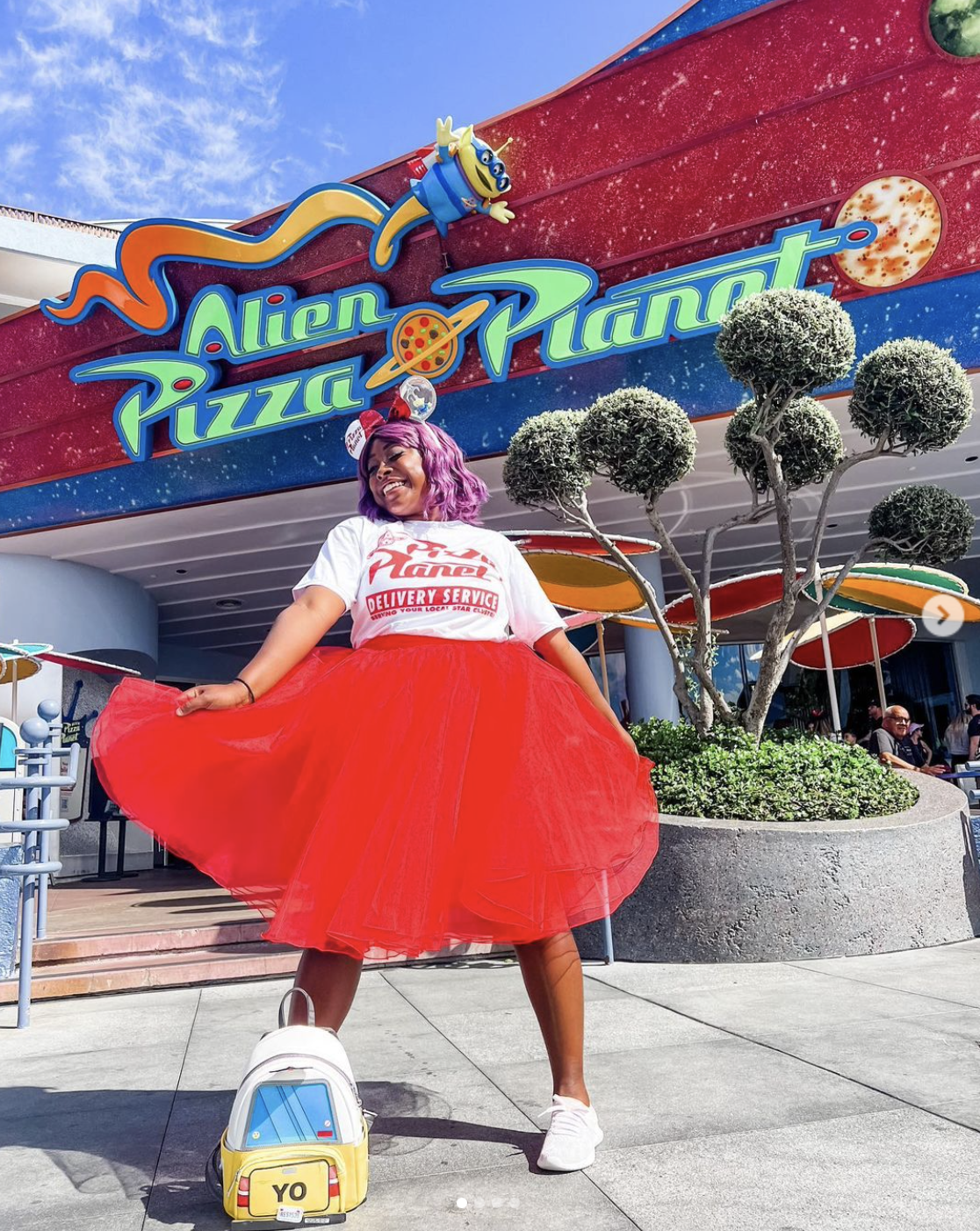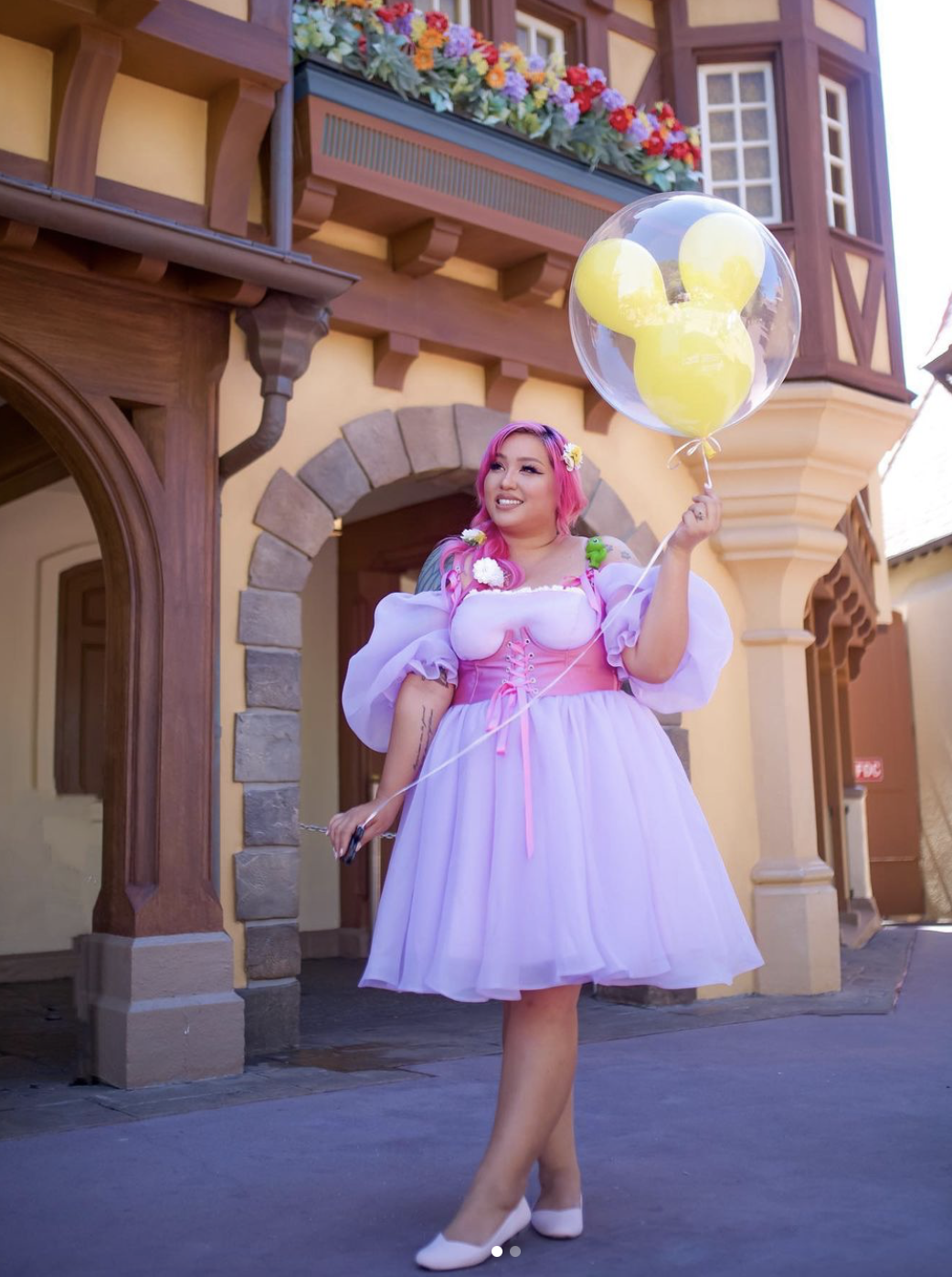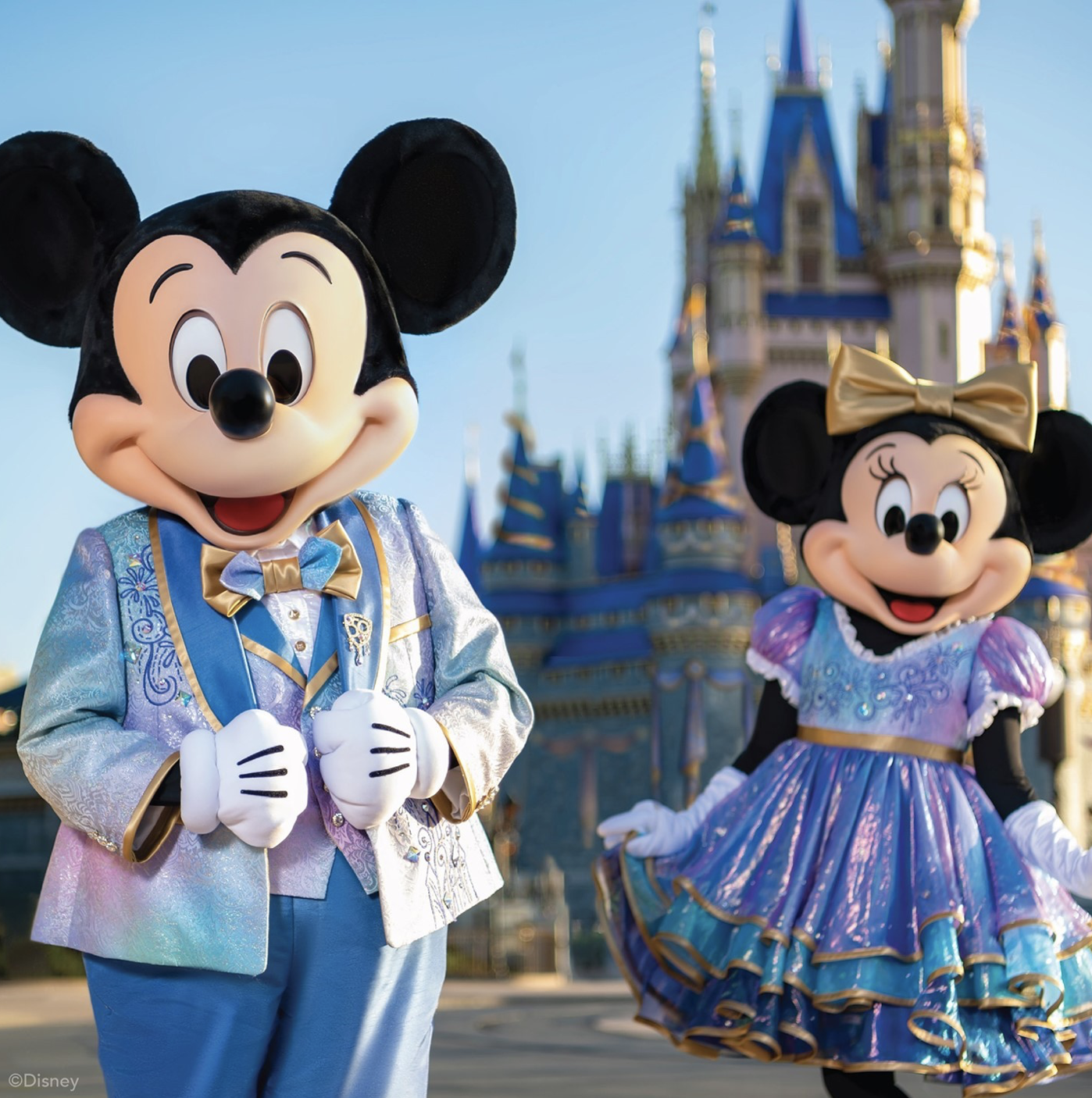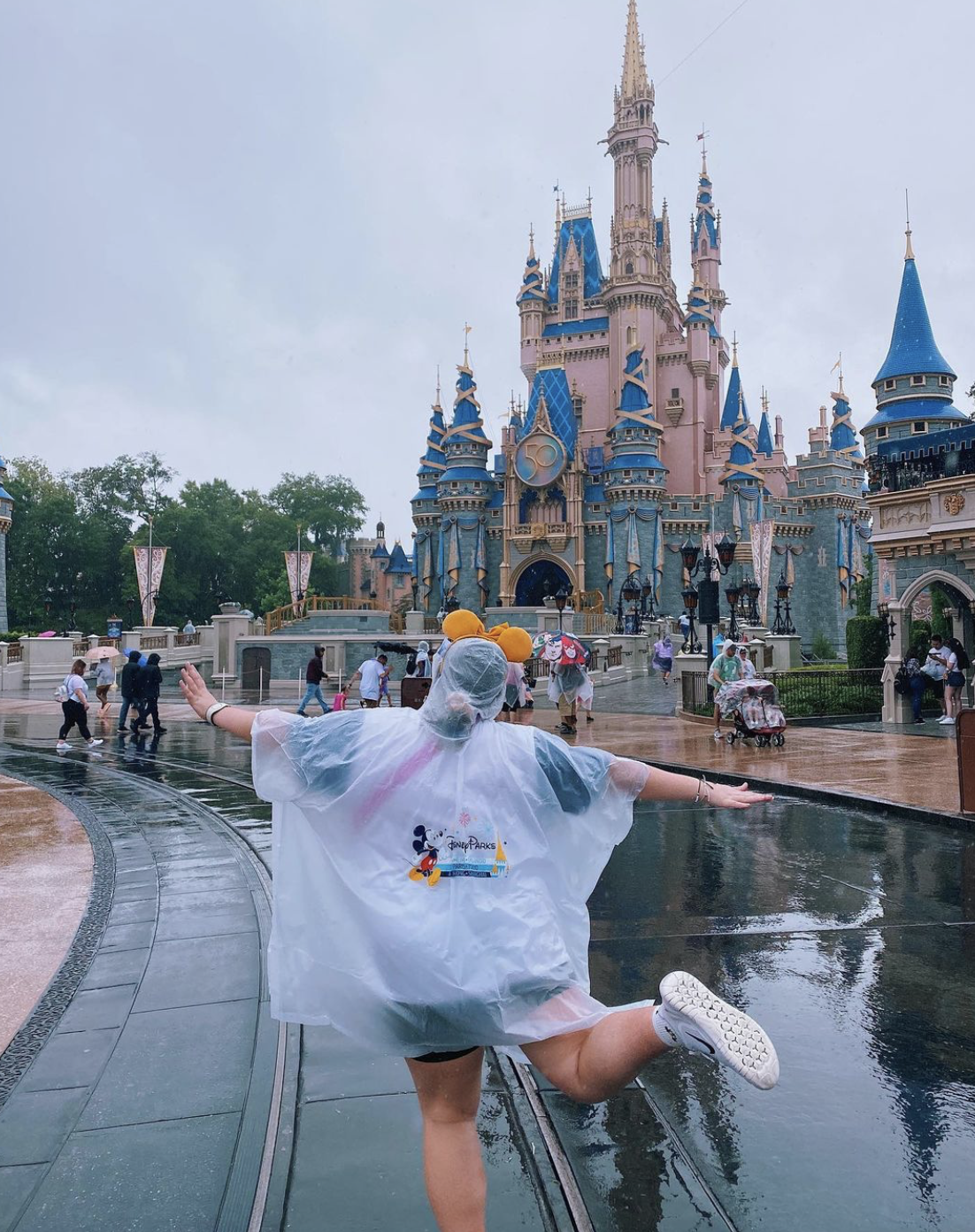Table of Contents Show
Society loves to hate the “Disney Adult,” but two of their most popular criticisms may serve as a flimsy shield for a wealth of sexism. Disney Adults are exactly what they sound like — adults who love all things Disney. They are frequently mocked online for things like proposing or hosting their weddings at the parks, getting emotional at meeting their favorite characters, or — for those who do not have children — simply attending the parks at all.
The criticisms typically insist that it isn’t just tacky and immature for an adult to enjoy something “meant for children,” but also unethical to spend so much money supporting a greedy and exploitative corporation. While the second claim may not be wholly unfounded, the real issue seems to lie in the demographic of the Disney Adult. Society takes every chance it can get to demean the things young women enjoy and the love of child-like innocence is no exception.
To explore the gender-biased influence behind Disney Adult hate, it is necessary to understand the motivations behind both Disney Adults and their antagonists.
The Consumer Decision-Making Process
Despite the seemingly decisive (and often medical or academic) language used in the discourse surrounding Disney Adults, scholarly research on the concept is severely lacking. A 2018 article by Isobel Archenhold at Queen Margaret University titled “The ultimate recreational event? A study of the motivations of adults who choose to travel to Disney theme parks,” stands as one of the only search results backed by formal research.
During their research, Archenhold performed a study involving a sample of six participants over the age of eighteen who had attended a Disney theme park in their adult life. They aimed to determine motivations for adults to attend a primarily child-oriented attraction, the decision-making process leading to the trip, and behavioral intentions following the trip (( Archenhold, Isobel. “The ultimate recreational event? A study of the motivations of adults who choose to travel to Disney theme parks.” Queen Margaret University. 2018. )). Through this study, Archenhold found that there were three distinct motives for adults to attend a Disney theme park: reliving youth, escapism, and family togetherness.
According to Archenhold, existing research on the consumer decision-making process can only do so much when it comes to evaluating the process of Disney Adults because they do not follow the strict set of stages scholars use to evaluate consumers. The research shows that “the majority of participants did not evaluate alternatives to Disney before booking their trip because they were certain of their vacation destination from the beginning of the decision-making process.” Archenhold goes on to explain,
“Unlike decision-making for alternative vacations and events, which, as suggested by the literature, follows a strict set of stages, the results suggest that the initial stage of the decision-making process of the participants in this study is the event choice. Further suggesting that the process of Disney attendee decision-making is a unique procedure.”
Archenhold
It is this same concept of uniqueness that makes Disney Adults an easy, common target for society to bully.
Pathologizing Disney Adults
Much of the discourse surrounding Disney Adults paints them in an abnormal and unhealthy light. Regardless of if the criticisms are valid, the language often used reduces Disney Adults’ love for all things Mouse to ableist, derogatory language. Jodi Eichler-Levine, a religion professor at Lehigh University, points out the infantilization of Disney Adults through this language and how it is largely centered around “gendered criticism towards women.”
In an interview with the Washington Post, Eichler-Levine commentates on the online discourse, saying, “There were so many charges of mental illness and people saying things like, ‘Disney adults will be the downfall of society, this is a plague’ … There was a medicalized language, both saying these people are crazy and saying it’s a disease” (( Sampson, Hannah. “‘Disney adults’ are online punching bags. Why are they so happy?” The Washington Post. 2019. )).
In 2020, student and youth culture news site The Tab published a scathing article describing Disney Adults as “the most terrifying people on the planet” who “need to be stopped.” Toward the beginning of his article, Hayes takes a royal we approach to the topic, explaining, “A lot has been said about millennials’ inability to adjust our media consumption habits as we’ve grown up. So content are we to bathe in the warm nostalgic paddling pool of Twilight [and] One Direction … that we forget to read big boy books, get jobs, or have sex” (( Haynes, Tom. “Disney adults are the most terrifying people on the planet and they need to be stopped.” The Tab. 2020. )).
The generalization is phrased as tongue-in-cheek and somewhat self-deprecating, but the idea that these “childhood fantasy worlds has [sic] made monsters of us all in different ways” seems to inevitably focus on media created for and consumed by a young and feminine population. In fact, Hayes goes on to differentiate between apparent acceptable and unacceptable “childish” media, saying, “People who are still into Harry Potter or Pokémon well into their adulthood come in for a lot of flack, but there is a special place in Maleficent’s darkest darkest [sic] cell for the subsection of society that is Disney adults” (Haynes).
According to theories by leading feminist scholars, this line of thinking isn’t a bug — it’s a feature.
The Young And The Feminine
The internet has granted wider access to popular culture, and it is through the internet that most people consume that content. 90% of American adults and an even larger number of teens — 93% — use the internet. By doing so, it is almost impossible for them to not access aspects of popular culture, even if it is not a purposeful seeking-out. A news headline about the latest blockbuster hit’s profit, an ad for a superstar’s newest album, a notification in their online shopping cart that reads, “Other customers who viewed this also viewed this!” Finds their way into consumers’ sight-lines whether they want them or not.
Everywhere on the internet, consumers are bombarded with tidbits of popular culture that they never even purposefully sought out. Some researchers of popular culture believe that because the content is primarily produced by men, creating an element of sexism behind the scenes in production, it is no surprise that the content itself often portrays a very staunchly gendered, sexist stereotype of masculinity and femininity; essentially, “having fewer perspectives behind the scenes will lead to a more limited pool of representations and less diversity in storytelling style and content” (( Leavy, Patricia; Trier-Bieniek, Adrienne (Eds.). “Gender & Pop Culture: A Text-Reader.” Rotterdam: Sense Publishers. 2014. )).
Editors of Gender and Pop Culture: A Text-Reader Adrienne Trier-Bienek and Patricia Leavy outline several statistics that represent this belief:
- Men on television were more likely to talk about work than women, 52% to 40% (SOURCE)
- Women on television were more likely to talk about relationships than men, 63% to 49% (SOURCE)
- Only 16% of protagonists in film were female (making 84% male) (SOURCE)
- In 2010 The New York Review of Books had a six to one ratio of male to female bylines. There was also glaring gender imbalance in The New Republic and The Atlantic (SOURCE)
- In 2010 The New Yorker reviewed 36 books by men and nine by women. There was also stark gender imbalance in book reviews in Harper’s and The New York Times Book Review (SOURCE)
They summarize by explaining that these statistics show “that who produces popular culture impacts who is represented and in what manner” (Leavy and Trier-Bieniek). So even while products of popular culture are made by men, our patriarchal society paints broad strokes in terms of who are the theoretical consumers of those products, often dismissing them as content for the young and the feminine.
Statistics like this work to prove that a young, feminine population is everything a patriarchal society loves to hate. They’re too loud, too obnoxious, and too opinionated. And the things they enjoy? Absolutely ridiculous. Boy bands, vampire movies, Buzzfeed news listicles, Disney? Get a grip; if they don’t listen to jazz, watch political thrillers, and read serious journalism from The New York Times, then they’re exactly the vapid teeny-bopper society thinks they are, and if they do listen to jazz, watch political thrillers, and read serious journalism from The New York Times, then they’re obviously too immature to actually understand any of it.
This bit of satire may sound over-dramatic, but the very realistic catch-22 of being a young, feminine individual is that their body is coded as sexual, while their thoughts and actions are coded as naïve (( Pishko, Jessica. “Why Teenage Girls Are Everything That We Love To Hate.” Medium. 2016. )). It’s the perfect combination that allows a patriarchal society to desire them and find them repulsive at the same time.
A Patriarchal Paradox
As the feminist movement has become more widely communicated and accepted, more individuals are questioning this paradox associated with a young, feminine population and the media they consume. Often popular culture is associated closely with young, feminine interests (think One Direction, Twilight (2008; Catherine Hardwicke), Taylor Swift, The Hunger Games, The Fault in Our Stars, The Vampire Diaries, The Jonas Brothers, etc.) and these interests are frequently mocked by critics (( Lancaster, Brodie. “Pop Music, Teenage Girls and the Legitmacy of Fandom.” Pitchfork. 2015. )).
The critique of popular culture usually doesn’t come as an outright statement of hate towards youth; instead, the critiques of popular culture that are typically offered (( Levine, Nick. “One Direction — ‘Made In The AM.’” New Musical Express. 2015. )) often sound exactly like the same critiques applied towards the young and feminine: vapidness, obnoxiousness, overbearingness, lack of nuance, and naivety (( Morgenstern, “’Twilight’ Barely Sips at Jucy Vampire Genre.” The Wall Street Journal. 2008. )).
The fact that there are numerous examples of popular culture that could arguably be geared toward a stereotypically masculine fanbase (Game of Thrones (2011-2019), The Walking Dead (2010-2022), the Star Wars franchise, etc.) and none of them draw the same kind of mass anti-feminine, anti-youth critique suggests that popular culture’s association with teen youth is less because feminine youths are the majority consumers of the product (which isn’t necessarily true), and more because the two things — popular culture and feminine youth — are actively devalued by a patriarchal society in the same ways.
Rising Above The Hate
Despite the reasoning behind society’s seemingly collective disdain for Disney Adults, the majority of them see no issue with enjoying something innocent. Many of them point out that their hobbies of consuming Disney content and going to the theme parks are no different than people whose hobbies are watching sports or going hiking.
In an interview with Buzzfeed, Jesse — a self-proclaimed Disney Adult — explains, “The same people that think it’s bizarre to spend thousands of dollars and a lifetime dedicated to something ‘cult-ish,’ like Disney, are the same folks tuning in to watch their favorite sports teams for hours every single week and spending thousands of dollars on merchandise, tickets, clothing. [They] curse at a television screen when athletes they’ve never met and never will meet drop a ball or miss a shot hundreds of miles away. To me, that’s asinine … I say, to each their own.” (( Blackmon, Michael. “Disney Adults Don’t Care If You Hate Them. They’re Having Fun Anyway.” Buzzfeed News. 2021. ))
There is ample opportunity for meaningful discourse surrounding Disney Adults, but it seems that society is more focused on taking advantage of another socially acceptable way to belittle young, feminine people.
